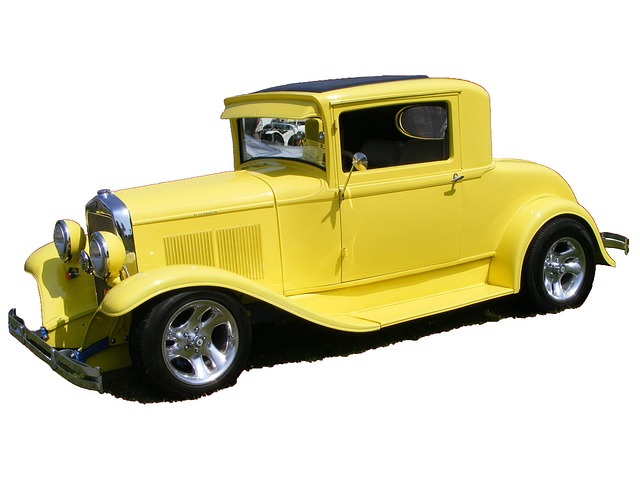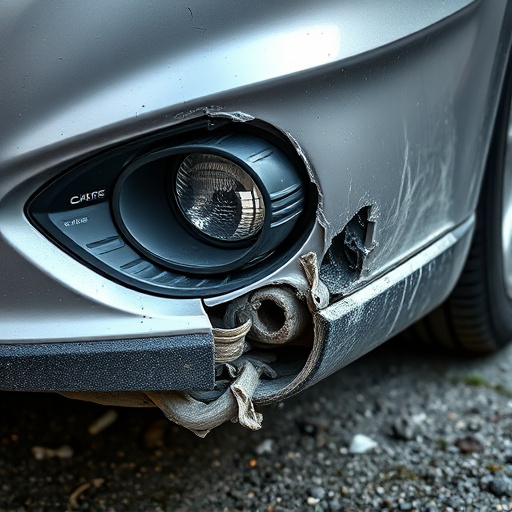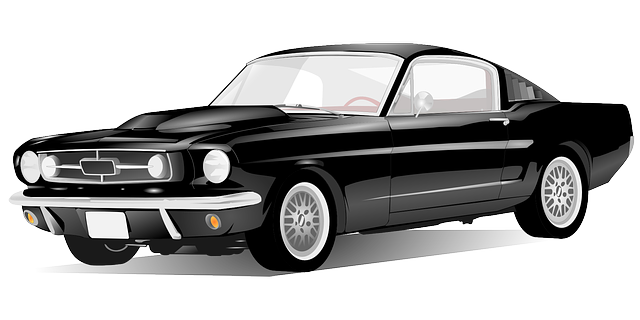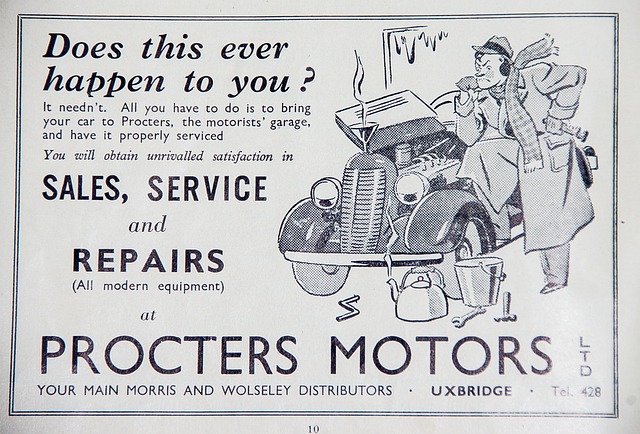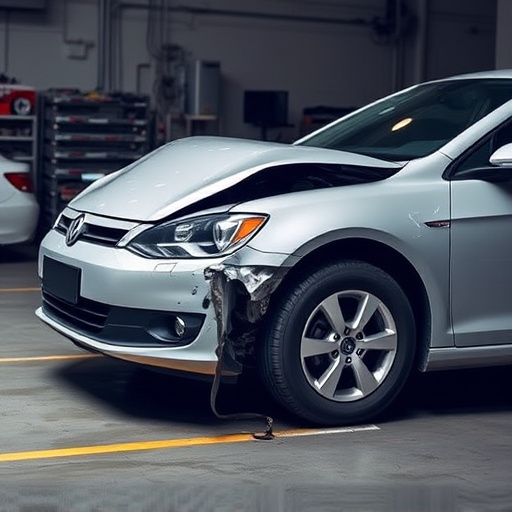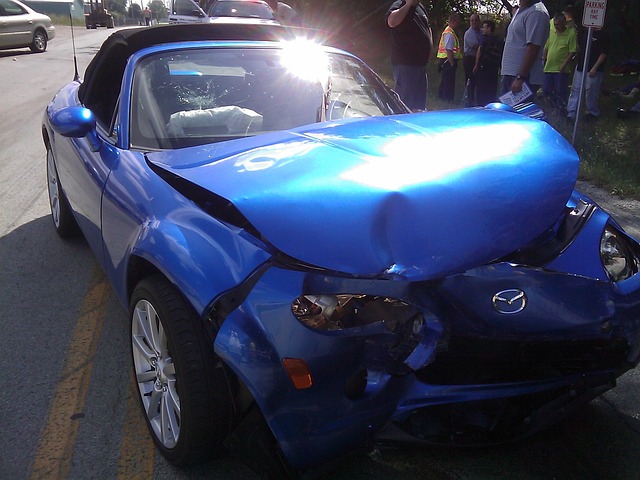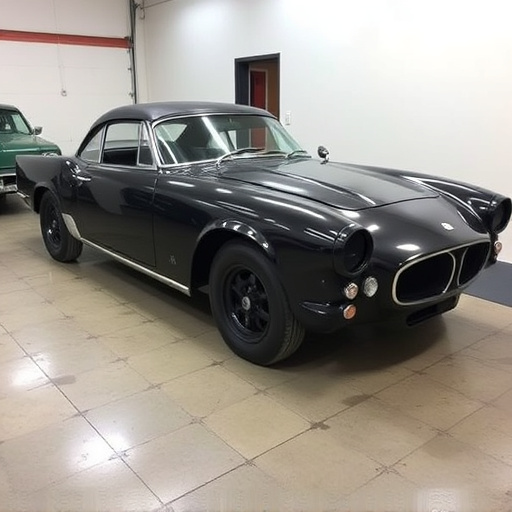Choosing between OEM and aftermarket parts for auto body shop services involves balancing quality, cost, and customer preferences. While OEM parts offer superior compatibility and performance, aftermarket parts provide more affordable alternatives with advancements in technology. Collision repair shops consider warranties, brand reputations, and compatibility to meet customer expectations and industry standards for top-notch auto body repair, glass replacement, and bodywork services.
In the realm of auto body shop services, the choice between Original Equipment Manufacturer (OEM) and aftermarket parts is a crucial one. This decision not only impacts the quality and safety of repairs but also influences customer satisfaction and vehicle longevity. Understanding the distinctions between these parts types is essential for both consumers and professionals in the industry. This article explores the factors guiding part selection, delves into the advantages and considerations of aftermarkets, and offers valuable insights for auto body shop services.
- Understanding OEM vs Aftermarket Parts in Auto Body Shops
- Factors Influencing the Choice of Parts for Repair Services
- Advantages and Considerations of Using Aftermarket Components
Understanding OEM vs Aftermarket Parts in Auto Body Shops
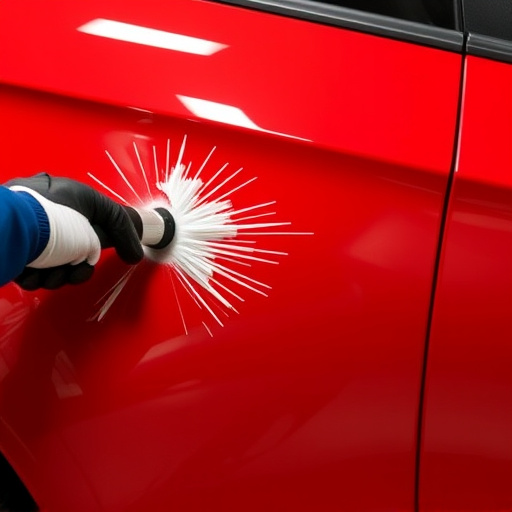
In the realm of auto body shop services, the distinction between Original Equipment Manufacturer (OEM) and Aftermarket parts is crucial for consumers to understand. OEM parts are those precisely matching the specifications of the vehicle manufacturer, essentially a direct replacement for the original component. They offer peace of mind as they are designed to fit seamlessly, ensuring optimal performance and safety. On the other hand, aftermarket parts are manufactured by third-party suppliers and are not identical to OEM counterparts. While they can be a more affordable option, their quality and compatibility may vary. Auto body shops often weigh these factors, considering both cost and customer preferences when selecting parts for repairs, whether it’s extensive autobody repairs or specialized tire services.
For collision repair shops, the choice between OEM and aftermarket can impact not just the vehicle’s aesthetics but also its longevity. Many professionals in this industry advocate for OEM parts to guarantee proper fitting and alignment, ensuring the car returns to its pre-accident condition. However, with advancements in aftermarket technology, some shops now offer high-quality alternatives that are nearly indistinguishable from OEM parts, providing customers with more options to consider when it comes to their vehicle’s restoration.
Factors Influencing the Choice of Parts for Repair Services
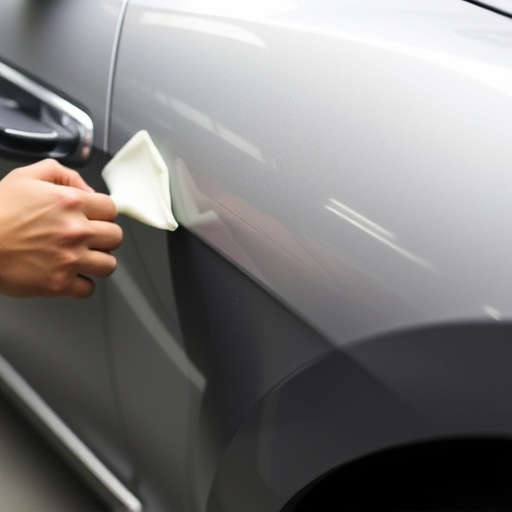
When auto body shop services set out to repair a vehicle, several factors come into play when deciding between Original Equipment Manufacturer (OEM) parts and Aftermarket parts. The choice is a delicate balance between quality, cost, availability, and customer preferences. Many professional auto body shops prefer OEM parts for their superior craftsmanship and precise fit, ensuring the vehicle’s original integrity is maintained. These parts are designed specifically for a particular make and model, guaranteeing optimal performance and safety during repair.
However, aftermarket parts also have their allure, offering cost-effectiveness without compromising quality in many cases. They can be particularly appealing for budget-conscious customers or when dealing with rare or classic vehicles where OEM availability is limited. Auto body shops consider factors like warranty coverage, manufacturer recommendations, and the specific needs of each vehicle to make informed decisions that align with both customer expectations and industry standards for top-notch vehicle body repair, auto glass replacement, and car bodywork services.
Advantages and Considerations of Using Aftermarket Components
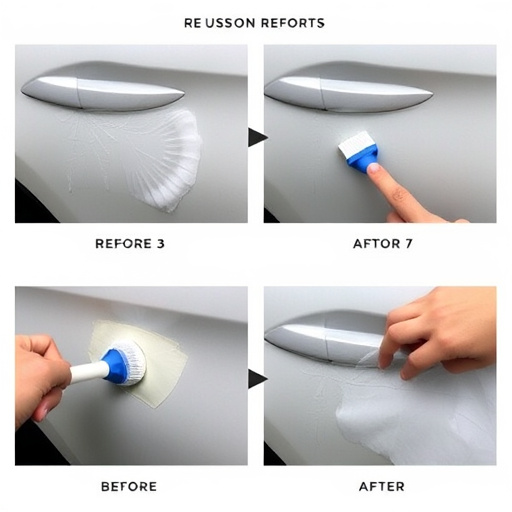
Many auto body shops face a critical decision when choosing parts for repairs: OEM (Original Equipment Manufacturer) or aftermarket components? While OEM parts offer undeniable advantages, such as precision fitting and guaranteed quality, they can be significantly more expensive. This often leads car repair shops to opt for aftermarket alternatives, which provide a cost-effective solution without compromising structural integrity.
Aftermarket components have evolved considerably, offering improved performance, enhanced durability, and a wide range of options at various price points. They allow auto body shop services to cater to diverse customer needs and budgets. However, considerations like warranty coverage, brand reputation, and potential compatibility issues with specific vehicle models are essential when selecting aftermarket parts. Reputable suppliers often provide detailed specifications and guidance, ensuring car repair shops make informed decisions that balance quality, cost, and customer satisfaction in their auto painting and related services.
When it comes to auto body shop services, choosing between OEM (Original Equipment Manufacturer) and aftermarket parts depends on various factors. While OEM parts offer authenticity and guaranteed compatibility, aftermarket components provide cost-effectiveness and a wide range of options. Many auto body shops strike a balance by utilizing a mix of both, ensuring quality repairs tailored to individual vehicle needs. This approach allows them to deliver efficient, reliable, and budget-friendly auto body shop services.

